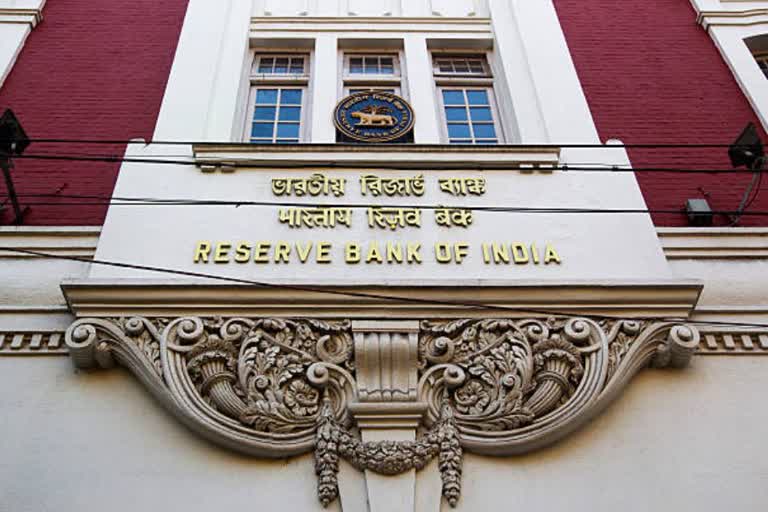New Delhi: The Covid-19 pandemic is expected to tip the global economy into a recession. Many companies, such as in the airlines and tourism industries, are likely to go bankrupt due to the disruptions in business following lockdowns.
Similar impact is already being felt in India with airlines, restaurants, hotels, MSMEs and exports-related sectors being the worst hit.
The United Nations Conference on Trade and Development has estimated that global merchandise exports could fall by $50 billion due to the impact of the pandemic. The trade impact for India is estimated at $ 348 million. Companies dependent on imported raw materials and with export markets in the US, Europe, Middle East and China are going to be worst hit.
Global Scenario
Globally, the prices of gold and precious metals have been falling as investors are preferring to hold cash. In times of uncertainty, money flocks to safe havens. Hit by a cash crunch global financial players are selling whatever assets they can.
A sell-off in the stock markets has ended the decade-long bull run on Wall Street. Investors are fleeing volatile markets, selling oil, cryptocurrencies and commodities such as gold, silver and soybeans, and instead seeking shelter in cash, causing significant tightening in the financial markets.
Read more:What the COVID-19 Pandemic means for employment
Therefore, the major central banks— the US Federal Reserve, the Bank of England, European Central Bank, Bank of Japan, Bank of Canada and Swiss National Bank – have joined forces to pump liquidity into the markets to ensure that the global financial system has enough cash to continue operating smoothly.
The Fed has launched a fresh round of the Quantitative Easing (QE), first seen in the aftermath of the 2008 global financial crisis, to ease the strained liquidity conditions.
It has dropped its key interest rate to virtually zero and will inject $700 billion in liquidity into the financial markets.
RBI’s Current Position
The need for the Reserve Bank of India (RBI) to follow suit has not arisen yet. India’s financial markets are not facing liquidity issues. In fact, liquidity in the Indian financial system remains easy.
To assure the Indian financial markets of easy rupee liquidity, the RBI has launched a LTRO (Long term repo operation) of Rs. 1 lakh crore in multiple tranches as a measure to counter the impact of the pandemic.
The RBI’s Monetary Policy Committee may consider a policy rate cut to signal that it will do all it can to fight the economic impact of the Covid-19.
However, interest rate cuts will not be able to boost demand in the current situation of heightened uncertainty and lockdowns.
What more can the RBI do?
The RBI’s focus should be on ensuring that the companies at risk of insolvency following disruptions due to the lockdowns get access to credit lifelines. Maintaining credit flows to businesses hit by the pandemic will ensure that they can keep paying salaries even as sales revenues drop and remain solvent. This will provide relief to their workers and also preserve demand for goods and services once the impact of the pandemic recedes.
Such companies are also likely to find it difficult to generate enough revenues during the lockdowns which may force them to default on loan repayments. The RBI should consider increased regulatory forbearance for borrowers that find it difficult to service loans in time so that such loans are not declared non-performing assets.
It may have to allow moratoriums for a couple of months on loan repayments, including of personal loans, by the borrowers hit by the pandemic.
(Puja Mehra is a Delhi-based journalist and author of The Lost Decade (2008-18): How India’s Growth Story Devolved Into Growth Without A Story. Views are personal.)


